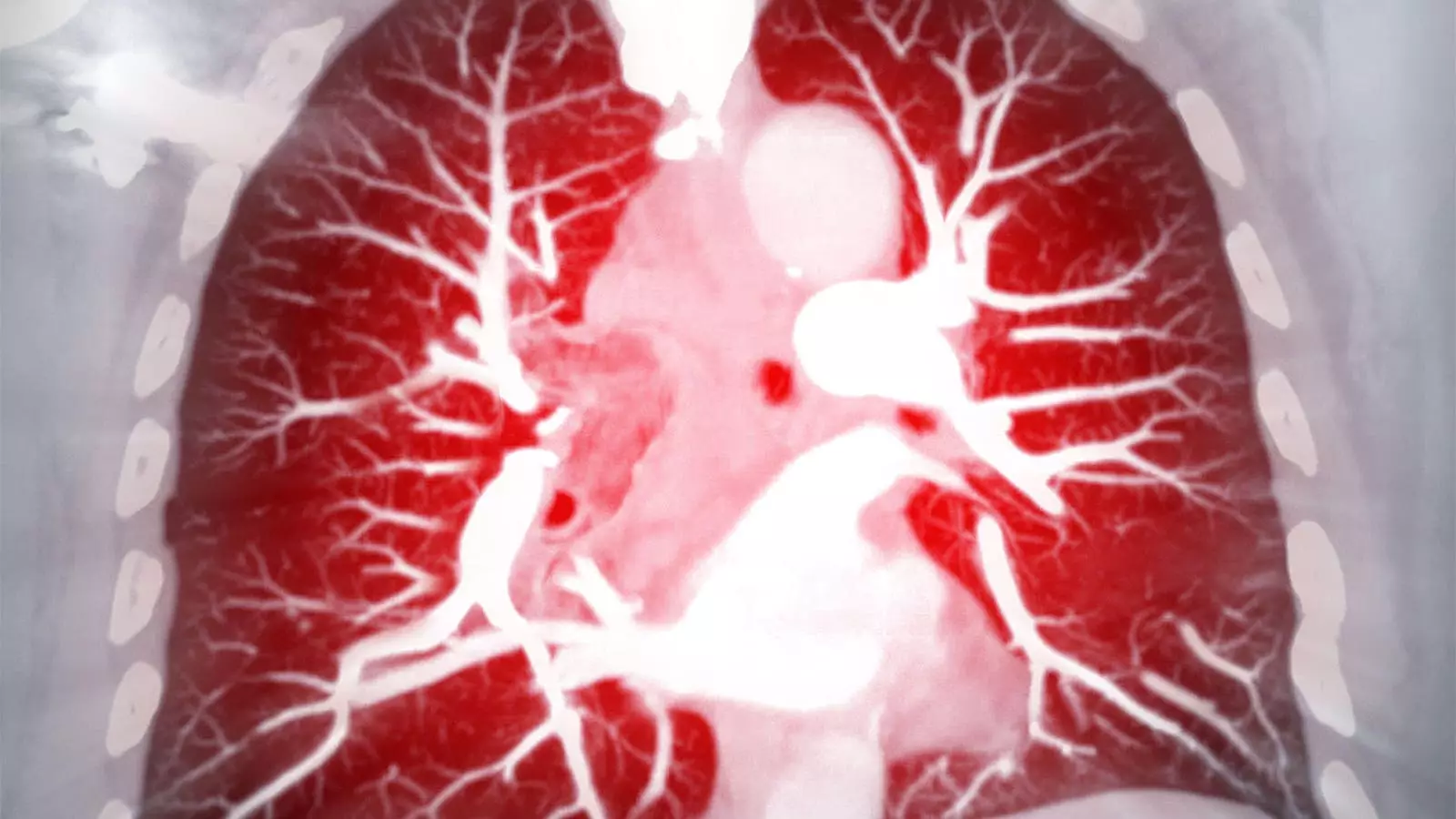Pulmonary arterial hypertension (PAH) represents a complex and oftentimes debilitating condition that significantly impacts patients’ quality of life. In March, the FDA approved two new treatments: the combination therapy of macitentan and tadalafil (Opsynvi), and the biologic therapy sotatercept (Winrevair). The excitement generated by these approvals signifies a potential evolution in therapeutic strategies for managing PAH, but also showcases the disparities in their uptake and clinical integration.
The contrasting trajectories of Opsynvi and sotatercept post-approval illuminate various challenges inherent in drug adoption within clinical practice. Reports indicate that sotatercept has experienced a rapid uptake, exceeding expectations, largely due to its innovative mechanism as a first-in-class activin-signaling inhibitor. Dr. Kristin Highland, a pulmonologist at the Cleveland Clinic, highlighted that the enthusiasm surrounding sotatercept’s initial results and clinical outcomes has driven its swift incorporation into treatment protocols.
Conversely, Opsynvi’s introduction into the PAH therapeutic landscape has been sluggish. This hesitancy can be attributed to restrictive insurance policies, particularly given the availability of generic single-agent formulations. Additionally, the burdensome prior authorization processes that accompany PAH therapies deter patients who are already managing multiple medications. This response underscores the ongoing barriers in healthcare access and highlights how economic factors can critically shape treatment pathways.
Sotatercept’s approval marked a pivotal moment in PAH treatment strategies. The culmination of key clinical trials, such as the phase II PULSAR trial, provided substantial evidence supporting its efficacy in improving exercise capacity and reducing morbidity risks among PAH patients. These outcomes are particularly crucial for a population vulnerable to severe functional impairments and significant health challenges.
The ZENITH trial further solidified sotatercept’s status as a game-changing therapy by demonstrating reduced risks of morbidity or mortality in patients on background PAH therapy. Some patients reportedly even experienced dramatic health recoveries, including one individual who was able to step off the lung transplant list—a testament to the life-altering potential of this treatment.
Nevertheless, as with any new therapy, the long-term effects of sotatercept remain an area of concern. With potential side effects not yet fully understood, including the risk of bleeding, ongoing research will be essential to ascertain its durability and safety in broader patient populations.
Current treatment guidelines emphasize the importance of multimodal approaches, prioritizing combination therapies that engage multiple biological pathways in PAH treatment. Here, macitentan/tadalafil provides an interesting case, as it offers a single-tablet solution that combines an endothelin receptor antagonist and a phosphodiesterase-5 inhibitor. The streamlined nature of this therapy aims to improve adherence in a patient population often burdened by polypharmacy.
Despite demonstrating significant improvements in pulmonary vascular resistance compared to monotherapy in the A DUE trial, the initial reluctance among providers to adopt upfront combination therapy remains a critical challenge. Many healthcare providers are inclined toward sequential therapy, influenced by considerations regarding patient comorbidities. This highlights a gap in the integration of newer therapeutic options, necessitating further education and outcome-focused discussions among practitioners.
As data from ongoing studies, such as the HYPERION trial assessing sotatercept in newly diagnosed patients, continue to emerge, the landscape of PAH management is poised for transformation. Should the CADENCE study yield positive results, extending its applicability to post-capillary pulmonary hypertension, the implications could be profound for both clinical practice and patient outcomes.
Moreover, the incorporation of innovative therapies like sotatercept heralds a hopeful future for PAH patients, potentially redefining standards of care and ensuring better management strategies for those affected by this intricate and life-threatening disease. As more data are generated and clinical guidelines adapt to new therapies, stakeholders across the healthcare system must work collaboratively to address economic barriers and optimize patient access, ensuring that the promise of these treatments is realized for all individuals battling pulmonary arterial hypertension.

